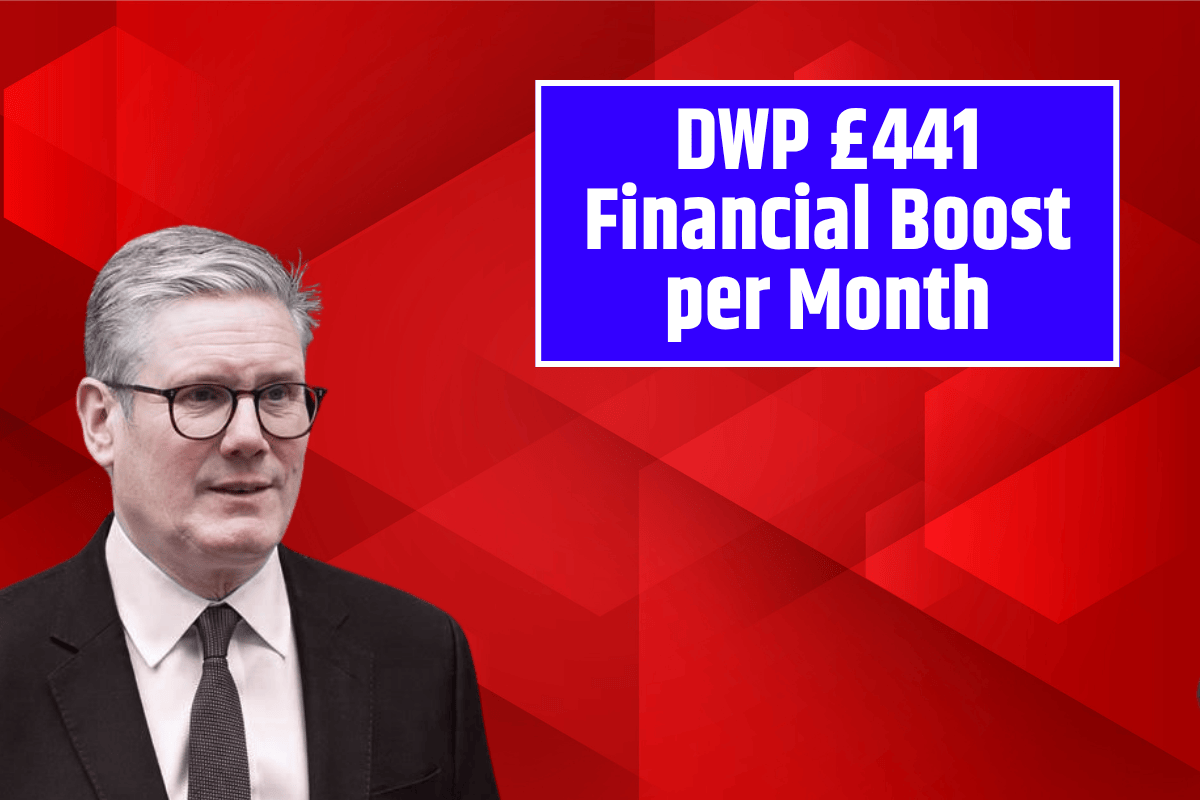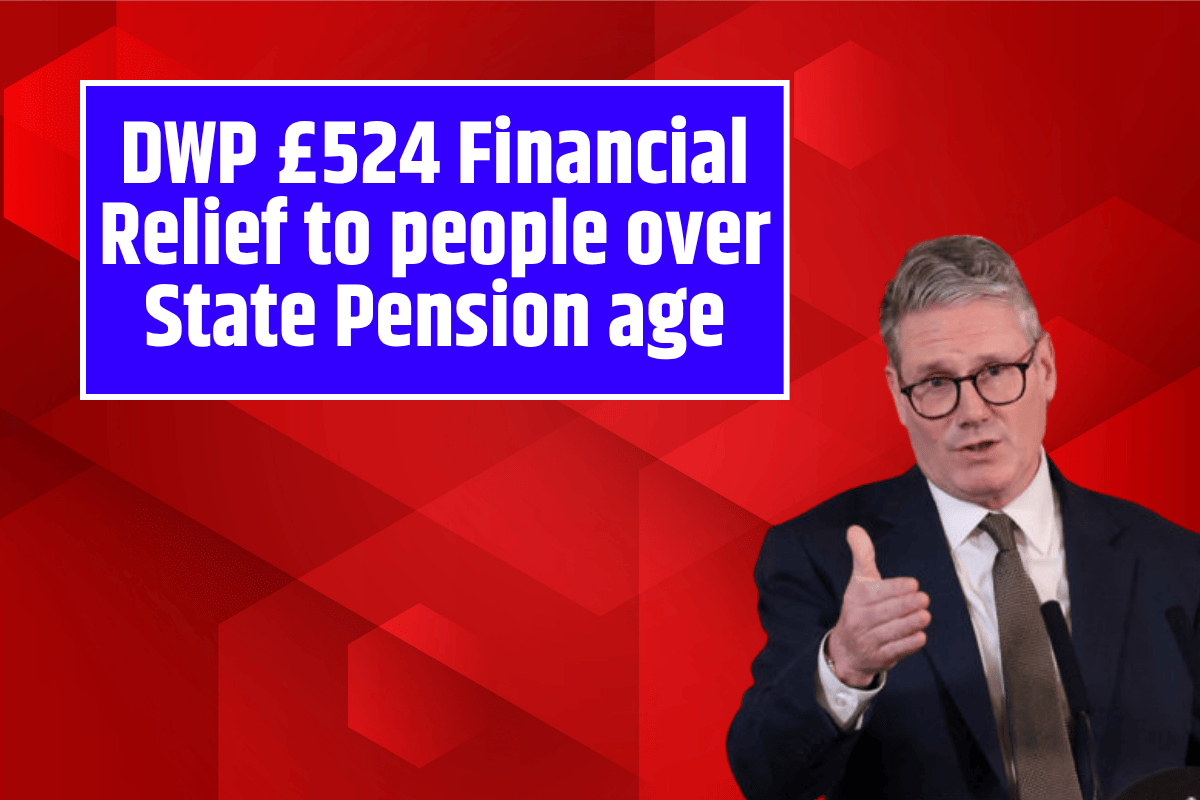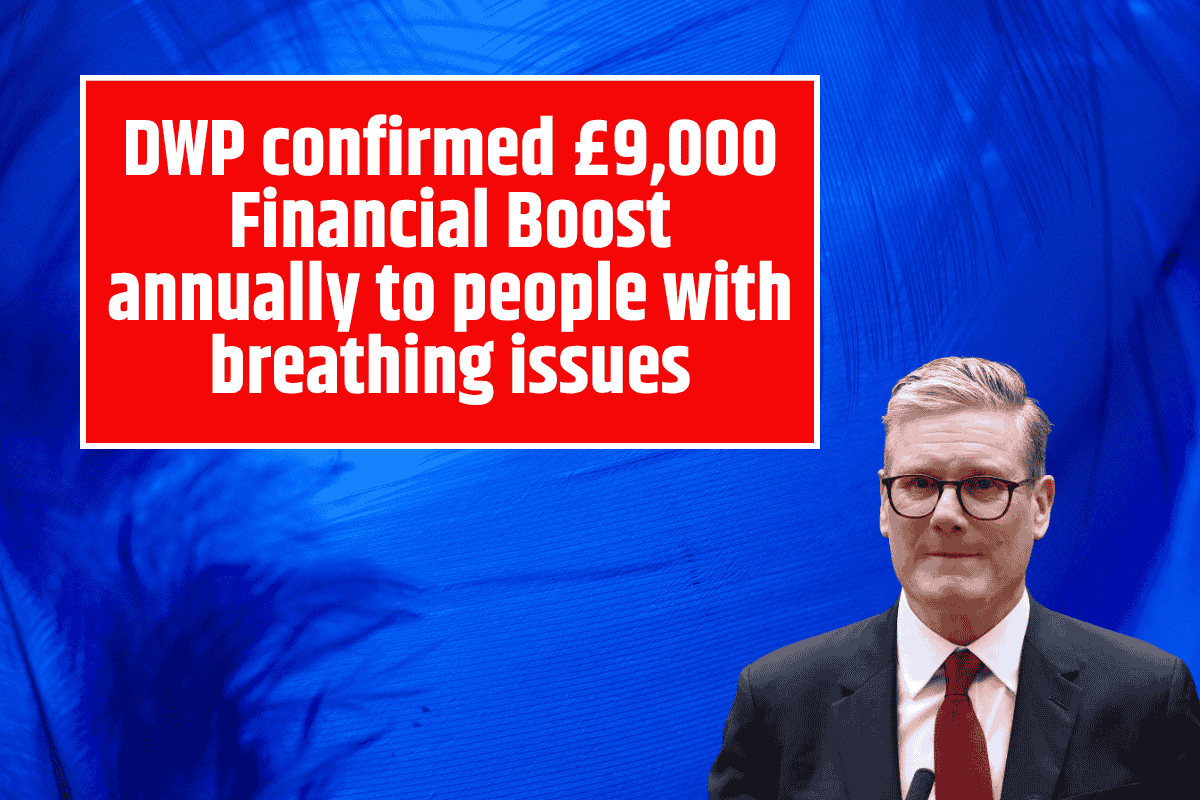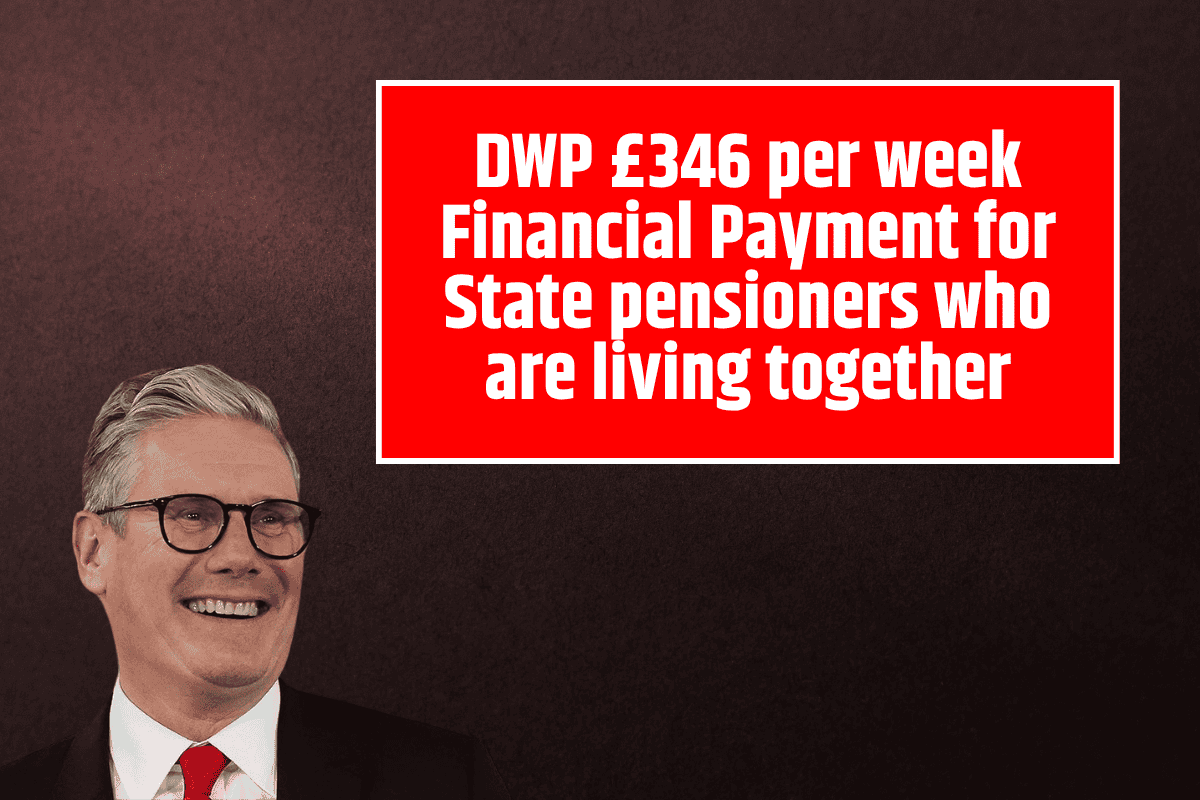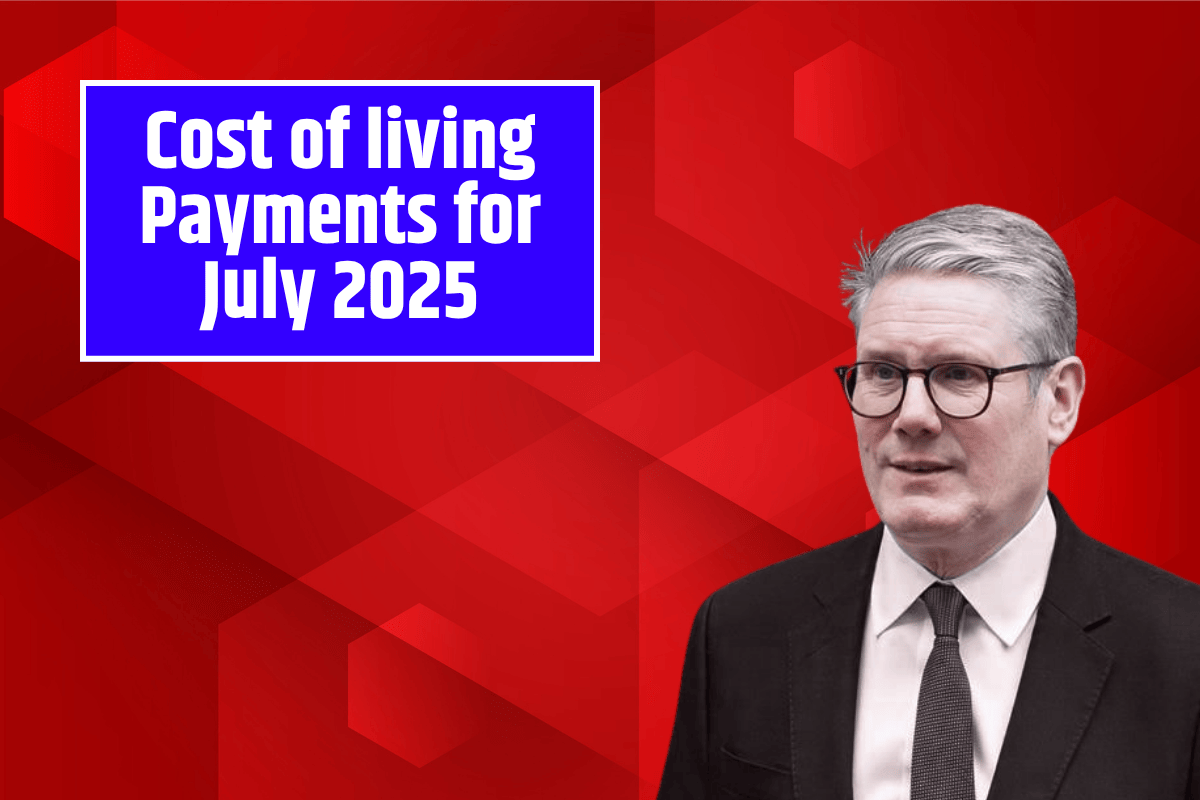For individuals facing severe disabilities, the Department for Work and Pensions (DWP) offers a valuable support payment known as Attendance Allowance. This monthly payment, which can be as much as £441.60, helps those who require assistance with daily care due to a variety of health conditions.
The eligibility for this allowance depends on the level of care needed, and it’s not influenced by a person’s earnings or savings. In this article, we explore how you can qualify for Attendance Allowance, the health conditions that may make you eligible, and how much you can receive.
What is Attendance Allowance?
Attendance Allowance is a government benefit provided to individuals with severe disabilities who require assistance or supervision for care. The payment is designed to help those whose disability is so severe that they need someone’s help either during the day or at night. The amount of the payment you receive depends on how often you need assistance.
The two rates of Attendance Allowance are:
- Lower rate: This is for individuals who need frequent assistance or constant supervision during the day, or supervision at night.
- Higher rate: This is for individuals who need help or supervision both day and night, or if a healthcare professional has indicated that your life expectancy may be less than 12 months.
Currently, the higher rate is £110.40 per week (up from £108.57), and the lower rate is £73.90 per week (up from £72.66).
Health Conditions That Qualify for Attendance Allowance
Certain medical conditions make individuals eligible for Attendance Allowance. The DWP provides a comprehensive list of health issues that may qualify a person for this benefit. Some of the conditions include:
- Arthritis, back pain, and diseases of muscles, bones, or joints
- Visual and hearing disorders
- Heart and respiratory diseases, including asthma and cystic fibrosis
- Neurological conditions like epilepsy, multiple sclerosis, Parkinson’s disease, and motor neurone disease
- Chronic pain syndromes and diabetes
- Learning disabilities, dementia, and other mental health disorders like psychosis
- Traumatic conditions such as paraplegia or tetraplegia
- Cancer, skin diseases, and infectious diseases such as Covid-19 and tuberculosis
- Cognitive and behavioural disorders, including those caused by alcohol or drug abuse
Additionally, conditions like frailty, AIDS, and the need for haemodialysis may also qualify a person for Attendance Allowance. The full list includes a variety of conditions, from physical impairments to serious chronic diseases, ensuring that many people who need support can apply for this assistance.
Applying for Attendance Allowance
If you believe you may be eligible for Attendance Allowance, you can apply by filling out a form, which is available for download from the DWP website.
You can submit your application by post to Freepost DWP Attendance Allowance, and no postcode or stamp is required. Once your application is processed, the DWP will assess your eligibility and determine the rate of allowance you will receive.
Attendance Allowance is a crucial financial support for those living with severe disabilities. The monthly payments can provide much-needed assistance for individuals who require care and supervision due to a range of health conditions.
It’s important to check whether you or a loved one qualifies for this benefit, especially since the payment can help to improve your quality of life by covering the costs associated with care. If you meet the eligibility criteria, don’t hesitate to apply for this support to ease the burden of disability-related care needs.
FAQs
What is the difference between the lower and higher rates of Attendance Allowance?
The lower rate is for individuals who need frequent assistance or supervision during the day or night, while the higher rate is for those who require help both day and night, or if a healthcare professional has indicated a life expectancy of less than 12 months.
Can I qualify for Attendance Allowance if I’m not working?
Yes, Attendance Allowance is not based on your earnings or savings. It is meant to assist individuals with severe disabilities regardless of their employment status.
How do I apply for Attendance Allowance?
You can apply by downloading the application form from the DWP website. Send the completed form to Freepost DWP Attendance Allowance, with no need for a postcode or stamp.
How much can I receive through Attendance Allowance?
The higher rate is £110.40 per week, and the lower rate is £73.90 per week.
What health conditions make you eligible for Attendance Allowance?
Conditions such as arthritis, heart disease, neurological disorders like epilepsy and Parkinson’s disease, mental health conditions, cancer, and diabetes are among those that may qualify you for Attendance Allowance.
